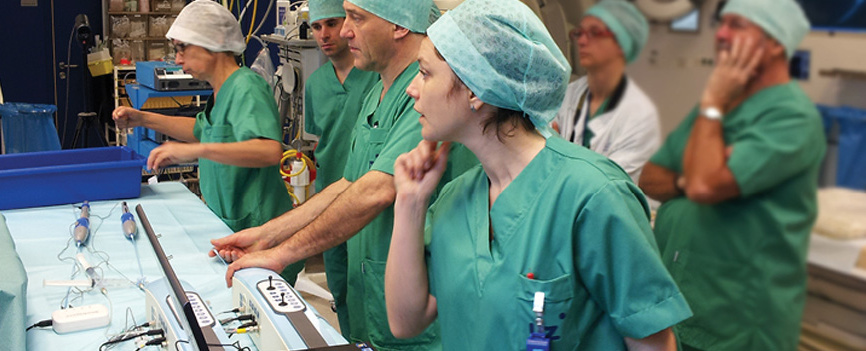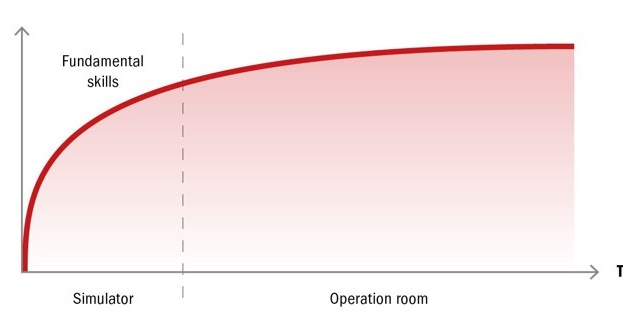
User Stories
Hospitals and medical training centers around the world use our simulators to increase their clinical proficiency. Learn how, and get inspired!

Simulation is a powerful path to shortened learning curves, increased confidence, and standardized training for medical professionals. A study, published in the AJS, found that the error rate of residents during their initial 10 laparoscopic cholecystectomies, were reduced by more than 60% following proficiency-based simulation training. Click on the button to read about the Karolinska study where error rates were reduced with simulation training.

Hospitals and medical training centers around the world use our simulators to increase their clinical proficiency. Learn how, and get inspired!
The Surgical Science White Paper Series explores how simulation is transforming medical education — from its roots in traditional training models to today’s advanced virtual reality platforms. The series covers the full range of simulation technologies, their educational benefits, and how they can drive both improved learner outcomes and long-term cost savings. It’s an essential resource for educators and institutions looking to build or enhance simulation-based programs. Click the button below to see the full series.

Are your residents receiving consistent and effective training? Are they taking longer than expected to become proficient in fundamental skills? Is their skill level sufficient for them to enter the clinical settings?
This graph displays the learning curve for a typical resident and emphasizes the role of simulation in shortening training time for essential skills like instrument manipulation. By incorporating simulation training, residents are better prepared, safer, and more confident when working with actual patients.
Learn more about clinical training and how simulation is used in the UK.

With 400+ validation studies and 10+ million completed simulation sessions by physicians in training, we know that our simulation makes a difference. Browse all our validation studies here.

When it comes to medical simulation training, you may think it’s simply a matter of holding a joystick and wearing a head-mounted display. But it’s so much more than that.
At Surgical Science, we provide a realistic training experience that goes beyond just the visuals. With our simulators, you’ll have real instruments or replicas in your hands and experience a realistic simulation of tissue responses to your interventions, including tactile feedback where relevant. On the screen, you’ll see and experience accurate kinematics, including normal anatomy and pathologies.
Want to know more about why simulation is so important?